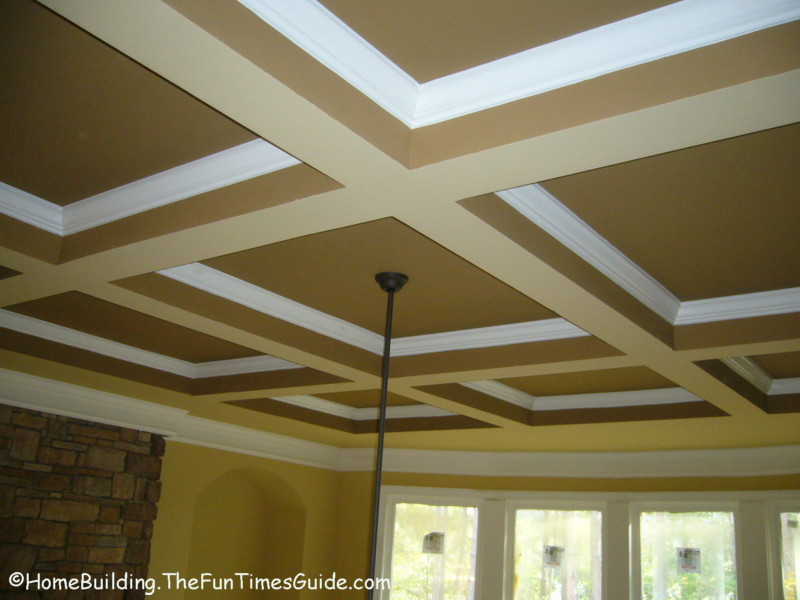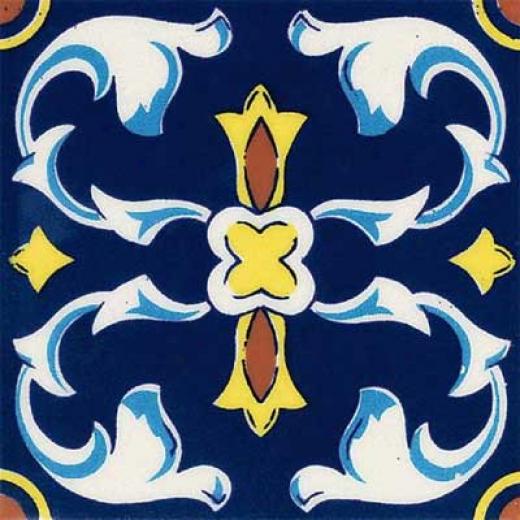June 15, 2011 Jean Band
In-Class Assignment: Portfolio Development
1. What is the purpose of your portfolio?
I plan to develop a “master” portfolio that will collect all my work, student and professional. The purpose of the “master” portfolio will be to collect and preserve in one location, my work. The other portfolio will be assembled from the master portfolio and will be event driven: If going for a job interview, it will collect pertinent examples of work done. If it is for a meeting with a potential client, it would contain examples of work like that contemplated by client.
2. What do you hope to achieve with your portfolio?
I hope to have all my work in one place, and then to use it for job or client interviews.
3. Who is your intended audience?
a. Potential employers.
b. Potential clients.
4. What do you want your portfolio to convey?
Professionalism, variety, be an example of good visual design in itself.
5. How can having a digital portfolio help you?
Much of our school product is electronic. An electronic portfolio will help organize it and establish a collection point for it. A digital portfolio also makes it easy to e-mail portions of it to potential clients.















